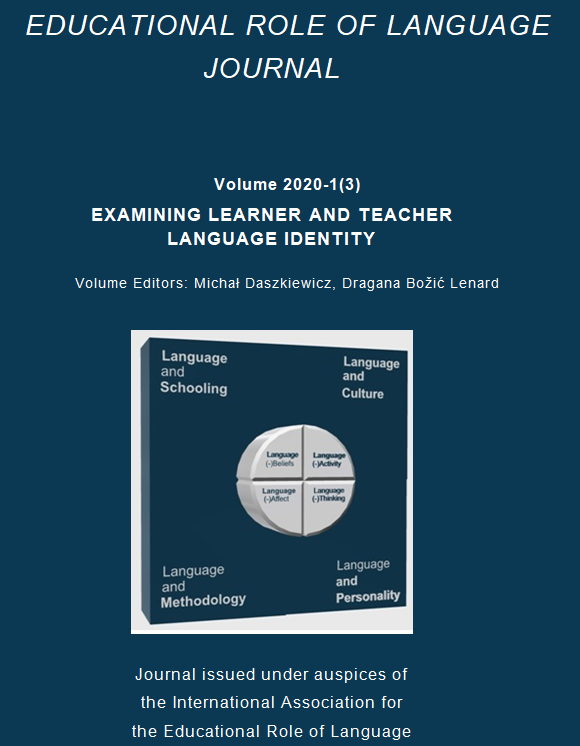Aneta Naumoska 
Ss. Cyril and Methodius University, North Macedonia; https://orcid.org/0000-0001-8734-2246
DOI: https://doi.org/10.36534/erlj.2020.01.02
Bibliographic citation: (ISSN 2657-9774) Educational Role of Language Journal. Volume 2020-1(3). Examining Learner and Teacher Language Identity, pp. 17-30
Abstract
This paper focuses on semantic number in English and its effect on students’ understanding of countability and how they see the world through English. Semantic nominal plurality of reference is not always equivalent to a marked plural noun or S-V plural agreement. The paper aims to explain and illustrate whether morphosyntactic markedness of number coincides with semantic specificity/informativity, and if EFL learners’ worldview shifts depending on their awareness of semantic number. The linguistic issue of number is paired with education, i.e. learners’ development in a foreign language framework. The research was targeted towards English majors (Faculty of Philology, Skopje, N. Macedonia), whose knowledge of number agreement (competence) in English was explored via a questionnaire covering various instances of number inconsistencies. It is noteworthy that most students afterwards stated a rising level of confidence in communicating in English due to a higher level of language accuracy and semantic awareness.
Keywords: semantics, number, agreement, countability, accuracy, EFL, ELT
Go to full Volume 2020-1(3)
Go to Educational Role of Language Journal – main page
Go to International Association for the Educational Role of Language – main page